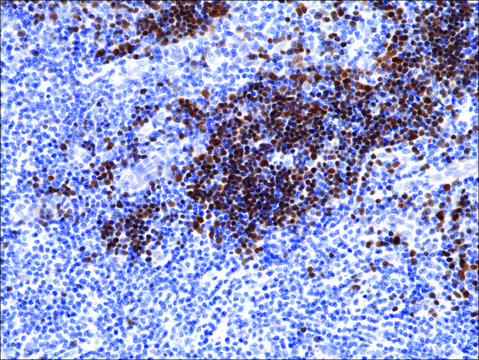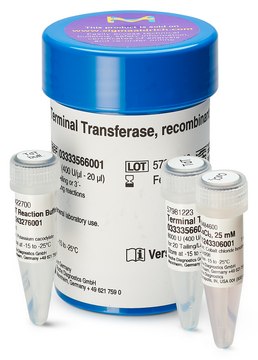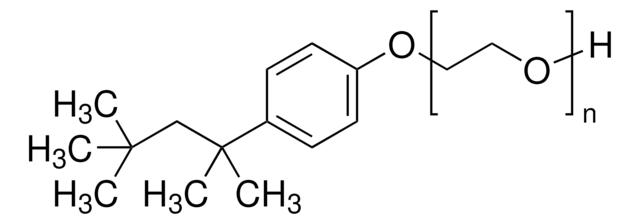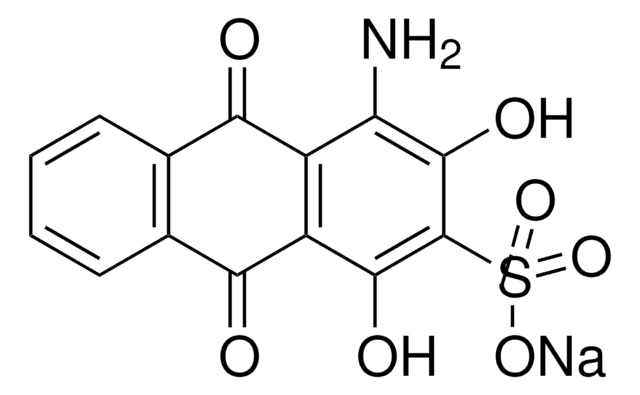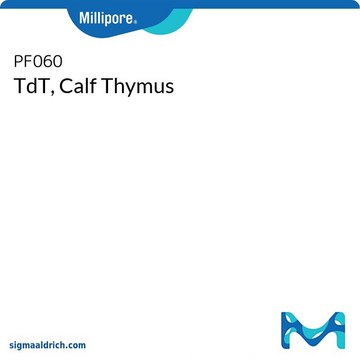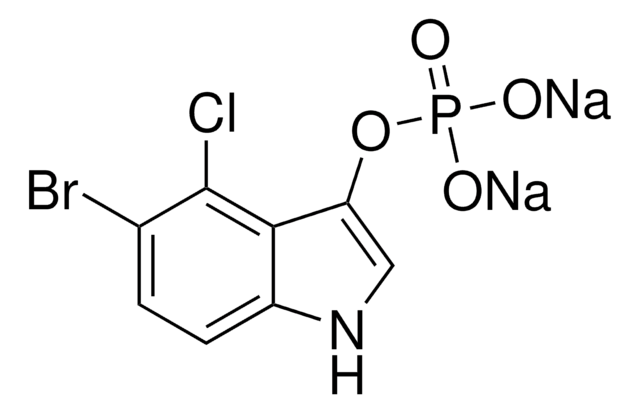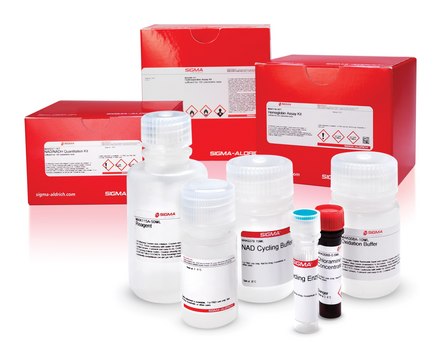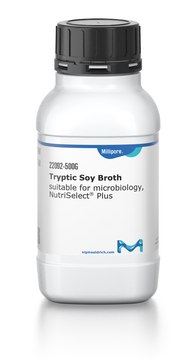KEM0032
Terminal deoxynucleotidyl Transferase (TdT)
Ultra-pure enzyme for nucleic acid modifications
Sign Into View Organizational & Contract Pricing
All Photos(3)
About This Item
Recommended Products
grade
for molecular biology
Assay
>99% (SDS-PAGE)
form
buffered aqueous solution
specific activity
27,400 U/mg
concentration
20,000 U/mL
shipped in
dry ice
storage temp.
−20°C
General description
Terminal deoxynucleotidyl transferase (TdT) is a template-independent DNA polymerase that catalyzes the addition of deoxynucleotides to the 3′ hydroxyl terminus of single or double stranded DNA molecules. The presence of 1 mM Co2+ stimulates the tailing of the 3′-ends of DNA fragments. This construct is sold as an N-terminal truncation of the terminal transferase gene attached to an N-terminal fusion tag.
Application
Suitable for:
- Homopolymeric tailing to the 3′ OH
- TUNEL assay
- 5′-RACE
- Labeling of 3′ ends
Features and Benefits
- Ultra-purification process for ultimate enzyme performance
- Highest quality specifications for ultimate product consistency
- Undetectable DNA and nuclease contamination
Components
Supplied with:KEM0043B (10X Green Buffer)KEM0045B (2.5 mM CoCl2
Unit Definition
1 unit is defined as the amount of polymerase required to convert 1 nmol of dTTPs into acid insoluble material in 1 hour at 37° C.
Physical form
Supplied in 50 mM KPO4, 100 mM NaCl, 1.0 mM DTT, 0.1 mM EDTA, 0.1% Triton™ X-100, and 50% glycerol at pH 7.3 @ 25° C.
Other Notes
Source of protein: An E. coli strain that carries the cloned terminal transferase gene from calf thymus.
Unit size: 6,000 U
Legal Information
Triton is a trademark of The Dow Chemical Company or an affiliated company of Dow
related product
Product No.
Description
Pricing
Signal Word
Danger
Hazard Statements
Precautionary Statements
Hazard Classifications
Aquatic Chronic 3 - Carc. 1B
Storage Class Code
6.1C - Combustible acute toxic Cat.3 / toxic compounds or compounds which causing chronic effects
Regulatory Information
新产品
Choose from one of the most recent versions:
Already Own This Product?
Find documentation for the products that you have recently purchased in the Document Library.
Laure Rittié et al.
Journal of cell communication and signaling, 2(1-2), 25-45 (2008-09-04)
Since molecular cloning has become routine laboratory technique, manufacturers offer countless sources of enzymes to generate and manipulate nucleic acids. Thus, selecting the appropriate enzyme for a specific task may seem difficult to the novice. This review aims at providing
Our team of scientists has experience in all areas of research including Life Science, Material Science, Chemical Synthesis, Chromatography, Analytical and many others.
Contact Technical Service
